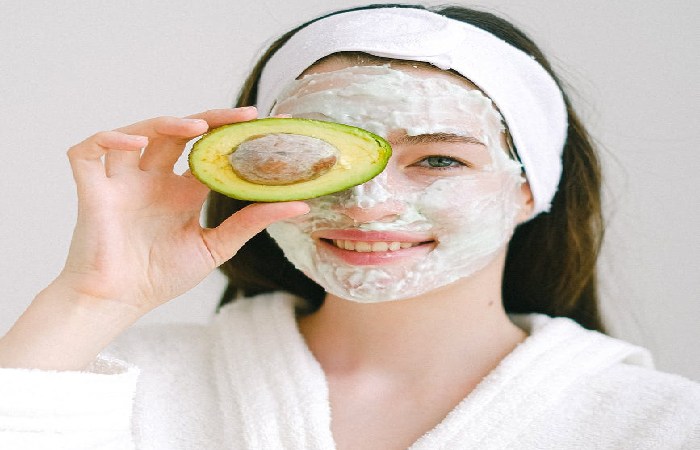Not only an indispensable ingredient in the kitchen, but olive oil is also a natural beauty elixir for our skin. It is nothing new. The Phoenicians called olive oil “liquid gold”, and the Greeks used it for soft skin and shiny hair. However, it was only over the centuries, thanks to extensive studies, which properties and substances have a beneficial effect on the skin, especially the face.
Olive oil is famous for its moisturizing, toning and antioxidant properties thanks to precious substances: vitamin E that fights the free radicals, vitamin A responsible for skin regeneration; oleic acids that ensure soft and elastic skin and finally the polyphenols, natural antioxidants that nourish the skin and before protect against the damage caused by the weather and skin ageing.
Table of Contents
Olive oil for facial cleansing

One of the best benefits of olive oil for facial skin is its cleansing function. A fat that removes another fat? Exactly. What at first glance seems like a paradox has turned out to be an effective method: olive oil can dissolve dirt, smog, sebum and make-up on the skin with gentle deep cleansing.
The necessary steps are easy to carry out: spread half a tablespoon of olive oil or extra virgin olive oil on the dry face and massage it carefully into the skin of the face with your hands.
After the massage, you can wash your face in two ways:
You can use a dampened microfiber cloth, which also acts as a light scrub;
Or you can remove the oil with your daily foaming facial cleanser for a “double cleanse” that’s effective but gentle.
To find out which cleaning method is best for your skin, we recommend that you do some tests in different seasons since skincare varies significantly according to individual needs and depending on the climate, it needs special care
Natural scrub for normal skin
Olive oil is a natural exfoliation that removes impurities and counteracts dry skin. The result is a wonderfully silky soft skin feeling. Only a few high-quality ingredients are required for olive oil peeling.
Sea Salt Scrub:
mix half a tablespoon of extra virgin olive oil and half of sea salt and massage into the T-zone, where most blemishes are usually found. Then wash your face with lukewarm water.
Peeling with cane sugar: the procedure and the quantities are the same. Usually, cane sugar is particularly suitable for sensitive skin.
Olive oil for wrinkle reduction
Thanks to its elasticizing function, olive oil is ideal for counteracting the first signs of ageing.
The most common treatment is also the simplest: put a few drops of olive oil on a cotton pad and glide it over a clean and dry face. The antioxidant and soothing properties of polyphenols and oleic acids act directly on the skin, preventing normal skin ageing and the appearance of the first wrinkles.
It can be used on the facial skin for targeted anti-wrinkle massages once a week for a long-lasting effect.
Give yourself a few minutes of relaxation. Place on your favourite music, light a candle, tie your hair back and cleanse your face.
Spread a tablespoon of olive oil over your face and gently massage it with your hand. Follow five simple steps:
Starting from the chin, make small circles with the fingertips along the entire jawline to the ears;
Go to the nasolabial folds, which are gently pulled outwards by placing the index and middle fingers at the side of the mouth and pressing to push the fingers up to the cheekbones;
Continue the circular motion on the cheekbones to the temples;
Then place your fingertips on the sides of your nose and apply light pressure to your forehead and along the entire arch of your eyebrows;
Don’t forget the neck: starting from the collarbones, go up to the chin with circular movements.
For a quicker but still effective massage, you can use the jade roller, perfect for reducing puffiness and wrinkles and bringing freshness to the skin. After spreading a tablespoon of oil on the face, massage the skin with the roller, following the circular movements from bottom to top and from the inside to the outside.

